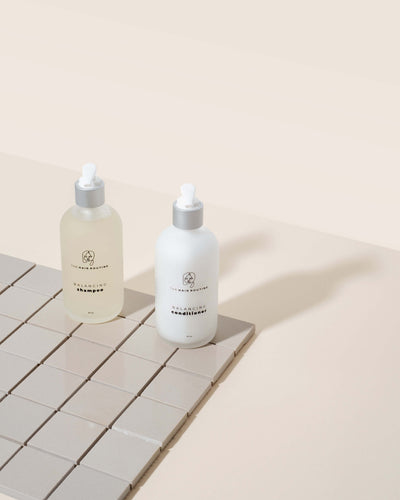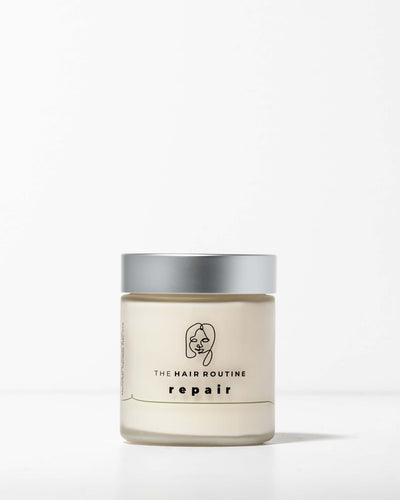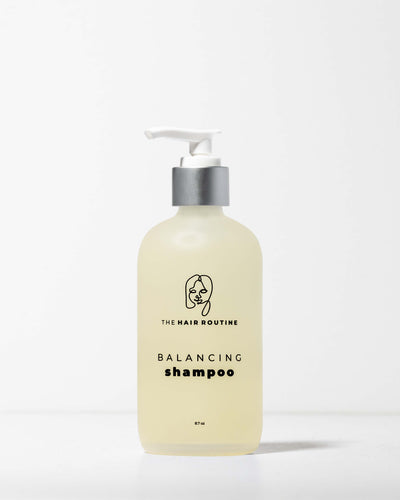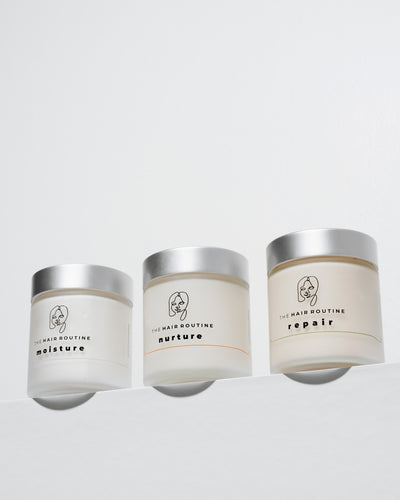Raise your hand if you are obsessively looking at your split ends all day long. Okay, I can’t see you, but I am sure many of you, wherever you are, are raising your hands up to the sky. Split ends are one of the most common concerns when it comes to hair care issues. Hair experts confirm that there are unlimited types of split ends due to the fact that we all have different hair types as well as different hair routines. There’s a good method to group the most common types of split ends and categorize them in order to better understand what your hair needs. Yay! Another reason to keep on staring and picking your ends.
The most common forms of split ends
The Traditional or Basic Split End
Very common in all types of hair, they resemble a “Y” shape and only split into two. This type of split is telling you that your hair needs to be nourished. Treat it with a Nurture hair mask that rebalances the oils in your hair. Or, you can use extra virgin olive oil before cleansing your hair with shampoo, for about 10-30 minutes, depending on how intensely you need to mask your hair. Try our Nurture treatment, it has been formulated to deeply nourish and rebalance hair oils and contains sunflower seed, argan, grapeseed, and three different types of olive oil.

The Three-way Split End
This type of split end looks like a fork. It’s less common than the basic split end because it only appears when the hair is considerably damaged. The three-way split end can be avoided if you trim your hair as soon as the damage starts to appear in the form of two-way split ends. Use deep conditioning treatments, follow a personalized hair care routine, and get a trim whenever you notice your hair's thinning and you're finding unhealthy ends.

The Feathery Split End
You don’t want to get to the point to which you find one of these. We hate it, we fear it, and we CANNOT repair it. A piece of advice: if you see ONE of these, get a trim and ask your hairdresser to completely remove all the damage - as painful as the end result might be. If you have irreparable damage you can always start over again and commit to a hair routine that treats your hair, on a schedule, with what it really needs. Split ends might be unfixable, but there’s always a brighter future to what your hair could become.

The Knot-ty one
This one appears only on “B” and “C” hair types, which are wavy, curly, or kinky. The hair shaft gets tangled and it makes a little knot at the end that ends up breaking by itself at some point. These are not a sign of damaged or unhealthy hair, but if you have hair scissors available use them to cut the knot.

Preventing Split Ends
Avoid:
- Styling tools that use high temperature and if you do, use protection.
- Brushing your hair when wet.
- Drying your hair with rough towels.
- Exposing your hair to the sun for too long without protection.
Do instead:
- Treat your hair with hair masks on a regular basis.
- Follow a Hair Routine that is made for your hair type and needs.
- Stay hydrated and follow a healthy diet.
- Use a silk pillow and a microfiber towel to dry your hair.
- Use a leave-in that has no silicones or petrol.
- Brush your hair to untangle it, starting at the ends and making your way up.
Split ends are a reflection of your hair’s health. To improve and keep it extra healthy, complete this online hair test and receive your personalized hair routine.






